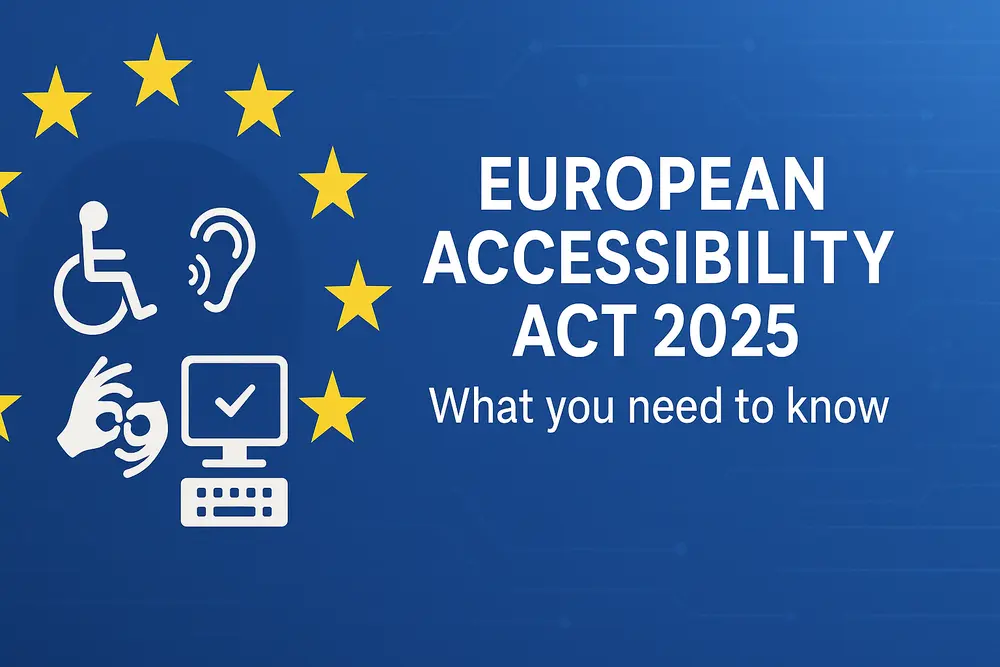Navigating the EU AI Act in 2024: A Comprehensive Guide for Compliance

The EU AI Act, set to be fully enforced by 2024, marks a significant milestone in the regulation of artificial intelligence. Its comprehensive and risk-based approach aims to ensure that AI systems are used responsibly, safely, and ethically across Europe. This blog post delves into the key aspects of the EU AI Act and outlines how a well-thought-out compliance checklist and carefully designed test cases can help organizations navigate the complexities of this groundbreaking regulation.
Understanding the EU AI Act
The EU AI Act categorizes AI systems into four risk levels—unacceptable, high, minimal, and limited risks—and imposes corresponding compliance requirements. These categories determine the regulatory obligations for each AI system, ensuring that the higher the risk, the stricter the compliance.
Key provisions of the EU AI Act include:
1. Unacceptable Risk: AI applications such as social scoring and subliminal manipulation are prohibited.
2. High Risk: AI systems that impact fundamental rights and essential services are subject to stringent regulation.
3. Minimal and Limited Risks: These categories have fewer regulatory requirements but must still adhere to data governance and transparency principles.
The Importance of Data and AI Governance
Data is often referred to as the new gasoline, with AI systems acting as the combustion engine [1]. Effective data leadership and governance are crucial within the AI framework to ensure compliance with the EU AI Act. Both AI providers (developers) and users (deployers) bear obligations to maintain robust data management practices, ensuring that data is handled securely and ethically.
Developing a Compliance Checklist
A comprehensive checklist is an invaluable tool for organizations striving to comply with the EU AI Act. It provides a systematic approach to ensuring all regulatory requirements are met. Here's a suggested compliance checklist for the EU AI Act:
1. Identify AI Systems:
- Inventory all AI systems and classify them according to the risk levels outlined in the Act.
- Determine the purpose and context of each AI system to understand its risk level.
2. Data Management and Governance:
- Implement robust data collection, preparation, and processing procedures.
- Ensure transparency in data lineage and provenance.
- Conduct regular data quality assessments.
3. Ethical Considerations:
- Establish an ethics board to oversee AI deployment.
- Develop policies and procedures that ensure ethical use of AI.
- Conduct fundamental rights impact assessments for high-risk AI systems.
4. Compliance Documentation:
- Prepare detailed documentation of AI systems, data usage, and compliance measures.
- Maintain records of all assessments, audits, and governance processes.
5. Training and Awareness:
- Educate and train employees on the EU AI Act requirements and ethical AI practices.
- Ensure continuous learning and updates on AI governance.
Designing Effective Test Cases
Test cases are essential for validating that AI systems comply with the EU AI Act. Here are key areas to focus on when designing test cases:
1. **Functionality Testing**:
- Ensure AI systems perform their intended functions accurately and consistently.
- Validate that the AI outputs align with the expected results.
2. **Data Privacy and Security**:
- Test data encryption, anonymization, and access controls.
- Validate that data is stored and processed securely.
3. **Ethical and Fairness Testing**:
- Assess AI systems for biases, discrimination, and unfair treatment.
- Ensure AI decisions are transparent and explainable.
4. **Compliance Testing**:
- Verify that AI systems adhere to all regulatory requirements of the EU AI Act.
- Test the implementation of data governance and management practices.
5. **Risk Management**:
- Evaluate the risk levels of AI systems and ensure appropriate mitigation measures are in place.
- Conduct scenario-based testing to identify potential risks and their impacts.
Integrating the Checklist and Test Cases into Your Workflow
To maximize the effectiveness of the compliance checklist and test cases, integrate them into your organization's workflow. Here’s how:
1. **Cross-Functional Teams**:
- Form cross-functional teams comprising legal, technical, data, and ethics experts to oversee compliance efforts.
- Ensure regular communication and collaboration between team members.
2. **Automated Testing and Monitoring**:
- Implement automated testing tools to streamline functionality, security, and compliance testing.
- Set up continuous monitoring to detect and address issues promptly.
3. **Feedback Loop**:
- Establish a feedback loop to continuously refine the compliance checklist and test cases based on insights and changing regulations.
- Encourage employees to report any compliance concerns or improvement suggestions.
4. **Regular Audits and Reviews**:
- Conduct periodic audits and reviews to ensure ongoing compliance with the EU AI Act.
- Update documentation and training materials as necessary.
As the first comprehensive law on artificial intelligence globally, the EU AI Act sets a high standard for AI governance and compliance. Organizations must prioritize robust data management, ethical considerations, and thorough testing to navigate this complex regulatory landscape successfully. By implementing a detailed compliance checklist and well-designed test cases, businesses can not only comply with the EU AI Act but also foster trust and transparency in their AI endeavors.
Sources
[1] https://www.youtube.com/watch?v=gYrXqQpit74





